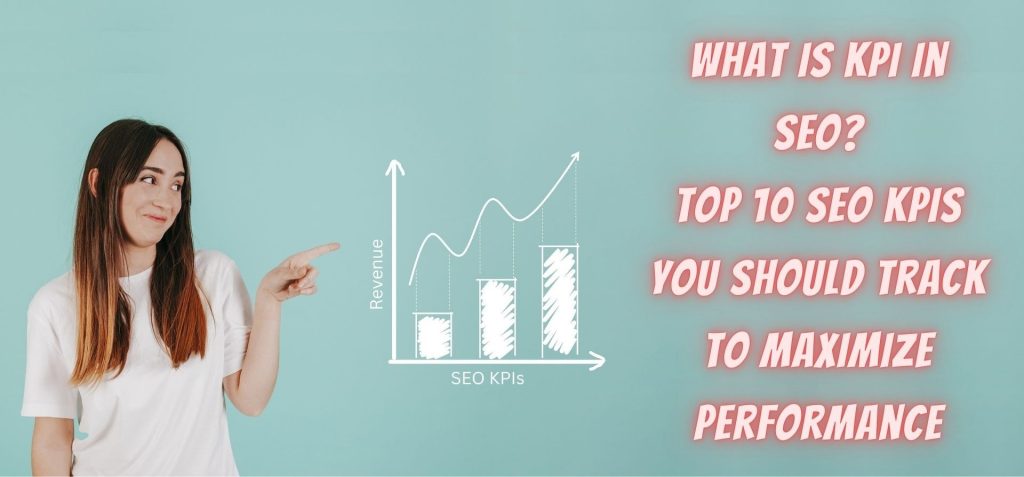Jump Directly to the Topic of Your Interest
ToggleSearch Engine Optimization (SEO) is a key component of digital marketing that can help companies boost their online presence, attract more traffic, and produce more sales and leads.
However, creating a great SEO strategy can be difficult, as various factors can influence a website’s search engine performance.
In this blog, we shall walk you through top SEO KPIs to Track. By knowing these KPIs and how they influence a successful SEO strategy, website owners and marketers can create a complete SEO plan to help them reach their online marketing objectives.
What are the KPIs in SEO and the need to measure SEO strategy?
KPIs, or Key Performance Indicators, are metrics used to evaluate how well an SEO strategy works in terms of Search Engine Optimization.
They assist in keeping track of the development of a website’s ranking and visibility in search engine results pages (SERPs), as well as the success of different SEO techniques.
The requirement for measuring SEO KPI strategy comes from the fact that doing so enables website owners to measure the performance of their website in search results and the effectiveness of their SEO campaigns.
It can also increase traffic, better visibility, and more conversions and revenue.
Different types of SEO KPIs to track and their importance.
1. User engagement KPI

User engagement KPI (Key Performance Indicator) is a metric that evaluates how frequently users engage with a specific platform, service, or product.
User engagement KPIs assess how much a user is engaged in a product and whether they perceive it to be worthwhile, compelling, and simple to use.
Some examples of user engagement KPIs include:
-
Time spent on site or app
Time spent on a site or app is an essential key performance indicator (KPI) used to measure user engagement and the efficiency of a website or app in retaining users.
The metric is used to determine the amount of time individuals spend on a website or app during a session.
-
Bounce rate
Bounce rate refers to the percentage of visitors to a website or a particular page who leave without taking any further action.
In other ways, people “bounce” when they only view one website page before leaving.
A high bounce rate indicates that users are having trouble finding what they’re looking for on the website or that its user interface needs to be more compelling to attract them to explore it further.
2. Click-through rate (CTR)
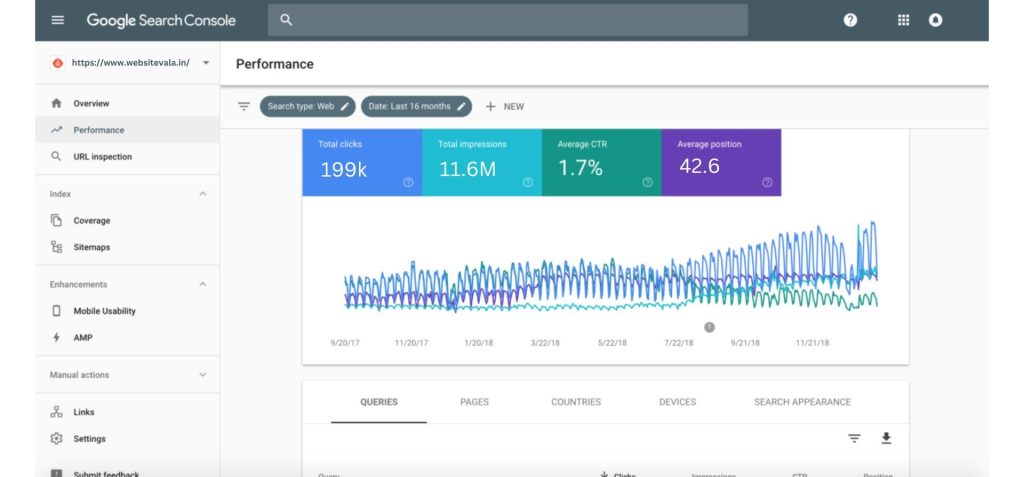
CTR, or click-through rate, is the ratio of clicks to impressions. It represents the percentage of times a website link is clicked by users who view it in search engine results.
A single user may click on the same link multiple times, so CTR is not a measure of unique users.
CTR is a crucial indicator since it evaluates the success of the website’s title tags, meta descriptions, and other on-page optimization techniques in attracting clicks from search engine users.
In order to increase click-through rates, title tags and meta descriptions of websites must be improved so that they are more relevant and attractive to users. Marketers should test different versions of these elements to determine which works best.
3. Domain Authority
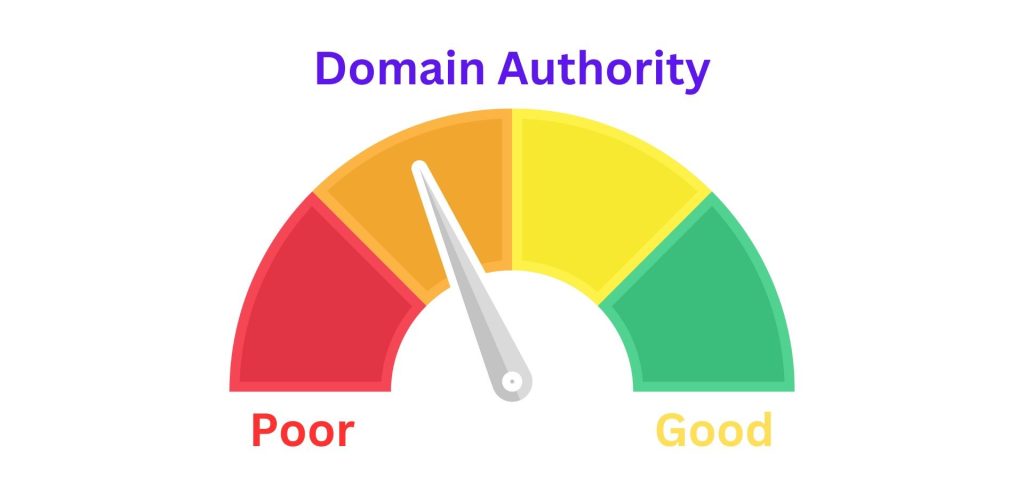
Domain Authority (DA) is a KPI created by MOZ to measure the relative strength and authority of a website’s domain name in search engine results.
A domain authority (DA) score ranges from 1 to 100, with higher values suggesting a greater domain authority.
To determine a website’s Domain Authority, several variables are taken into consideration, such as the quantity and quality of inbound links to the website, the content’s quality and relevance, the age and history of the domain name, and other technical aspects of the performance and structure.
As a KPI, Domain Authority is significant since it shows the overall performance of a website’s search engine optimization (SEO) strategy.
4. keyword Ranking
As a way to evaluate your website’s visibility in search engine results pages (SERPs) for particular keywords, keyword ranking is a crucial SEO KPI.
When users search for a specific keyword related to your company or industry, you want your website to show up on the first page of the search results as this improves the possibility of getting clicks and traffic to your website.
5. Website Health
The website health score is a KPI that offers an in-depth measure of a site’s overall performance, capabilities, and customer experience.
It is a blend of multiple technological and non-technical variables that influence the website’s ability to attract, interact, and retain visitors.
The various factors used to determine a website health score may vary based on the instrument or software used but usually include:
-
Page load speed
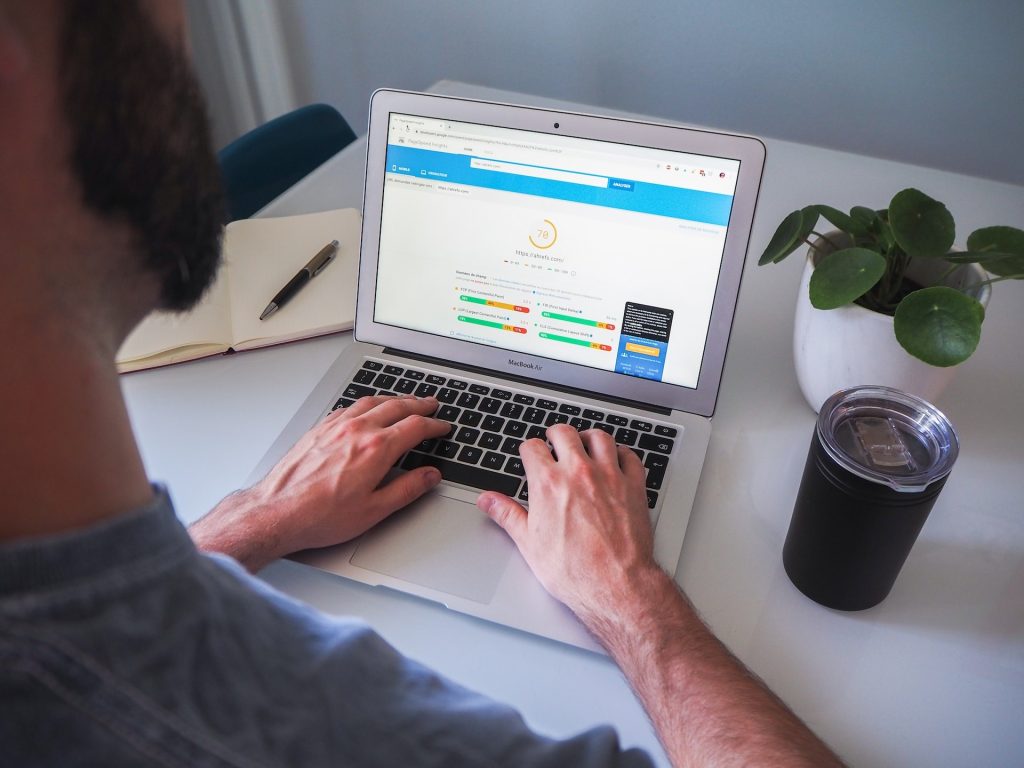
Page load speed refers to the time it takes for a website page to fully load and become visible in a consumer’s web browser.
It is a crucial factor that influences user experience, as slower page load times can lead to decreased engagement, higher bounce rates, and a negative effect on search engine rankings.
Page load speed is influenced by various variables, such as the web page’s size, the number and quality of images, media files, the complexity of the website’s code, and the web server’s and internet connection speed.
Improving page load speed can involve an array of optimizations, like compressing images, minifying code, utilising content delivery networks (CDNs), and utilising browser caching.
-
Crawling and indexing errors
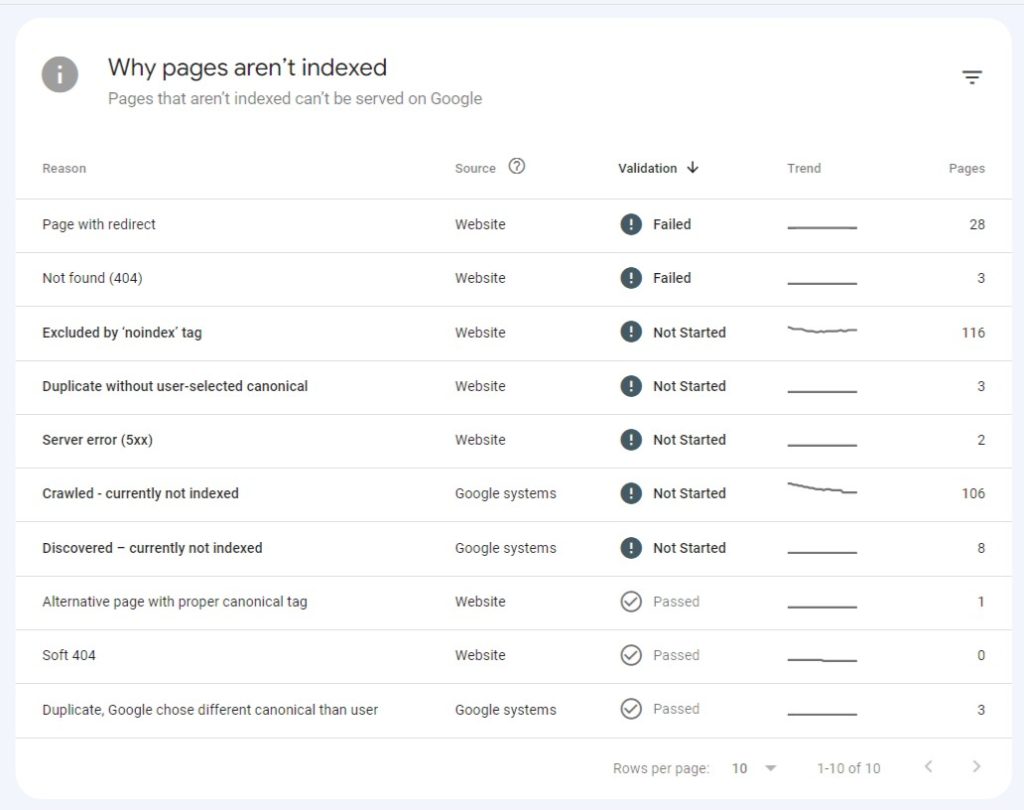
Crawling and indexing errors can have a massive effect on a site’s search engine visibility and effectiveness.
These errors can prevent search engine bots from correctly indexing a site, decreasing search rankings and reducing traffic.
To tackle these issues, site owners and marketing teams can use these KPIs to measure the amount and kinds of crawling and indexing errors encountered by web search bots.
By tracking these KPIs, site owners and marketing companies can recognise technical issues, like broken links, HTTP errors, duplicate content, or sitemap errors, that may be inhibiting the site’s search engine visibility.
6. Organic Traffic
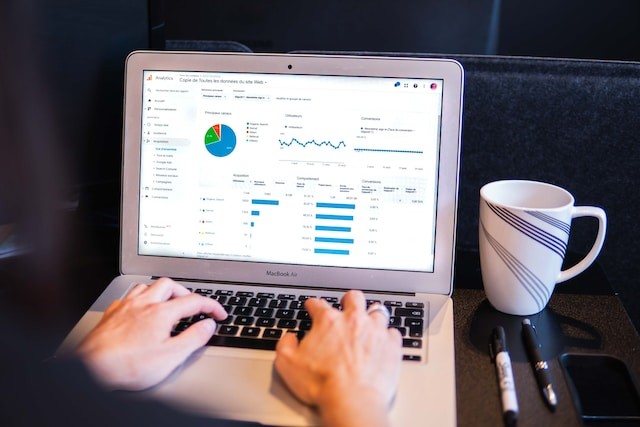
Organic traffic relates to the visitors who visit a webpage through search engine results pages (SERPs) with no paid promotion or marketing.
It is the traffic that a site receives from search engines according to the authority and relevance of the website’s content.
There are two different types of organic traffic: branded and non-branded. Branded traffic applies to the visitors who come to a site by searching for the brand name or a derivation of it.
In contrast, non-branded traffic refers to visitors who come to a site by looking for a particular keyword related to the business’ services or products.
Both kinds of organic traffic are beneficial for a website, but they differ significantly. While it is hard to say which one is better, non-branded traffic is usually regarded as more valuable because it helps bring in prospective clients who may not have been aware of the brand earlier.
However, branded traffic is also significant as it suggests that the brand has formed a loyal following, which can ultimately lead to repeat business and referrals.
7. Search Visibility
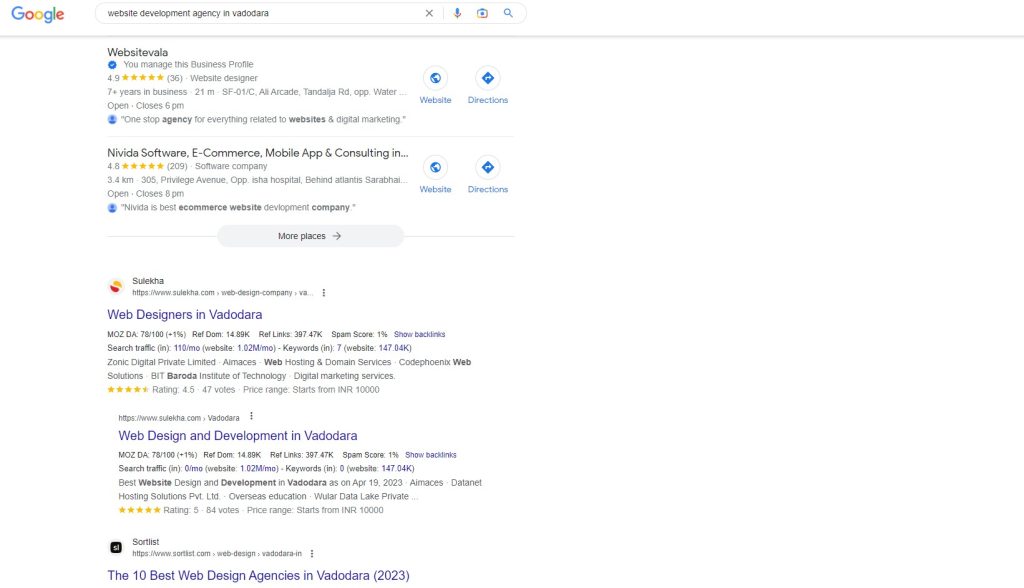
Search visibility refers to the estimated percentage of clicks a website receives from its organic rankings for one or more keywords.
All of your SEO-related activity can be influenced by this score.
If you want to keep track of the preliminary outcomes of website optimization, a search engine visibility score is quite helpful.
For instance, a web development firm can track the ranking positions of their pages for target keywords like “developers” and “web design” using Google Search Console or a third-party SEO tool.
Scores are determined based on the ranking position and estimated search volume for every keyword, and an overall search visibility score is determined by summing and dividing by the total possible score.
8. Conversion Rates
The conversion rate is the percentage of website visitors who complete a desired activity, like making a purchase or submitting a contact form. Conversion rates are a crucial SEO KPI since they assess how well your website’s user experience and content are relevant to your target market.
9. Backlinks

Backlinks are links from other websites that point to your website, and they are known as votes of confidence in your website’s content and authority.
They are always seen as an important SEO metric for SEO professionals and marketers. Backlinks are currently one of the most significant variables influencing rankings.
It implies that link-building should be the focal point of your SEO strategy.
10. Return on Investment (ROI)

ROI is an essential KPI for evaluating the success and profitability of your PPC, SEO, and other digital marketing campaigns.
ROI assesses the income produced in relation to the sum of money spent on your advertising campaigns.
Final thoughts
It is essential to start monitoring the KPIs for SEO optimization, irrespective of which ones you choose to track.
By starting the data collection and evaluation process as soon as possible, you will gain helpful insights into your actual performance and establish benchmarks for future developments.
Assessing your SEO KPIs daily will enable you to constantly examine the efficacy of your campaigns, allowing you to make educated and data-driven decisions.
We know that measure about above all SEO KPIs is not possible for non-SEO persons. So as an SEO Expert, we are here to help you about assessing your SEO Strategy and how to work well to improve on particular KPIs.
To evaluate how is your website working on the above KPIs contact us at +91-8866860847 or info@websitevala.in.
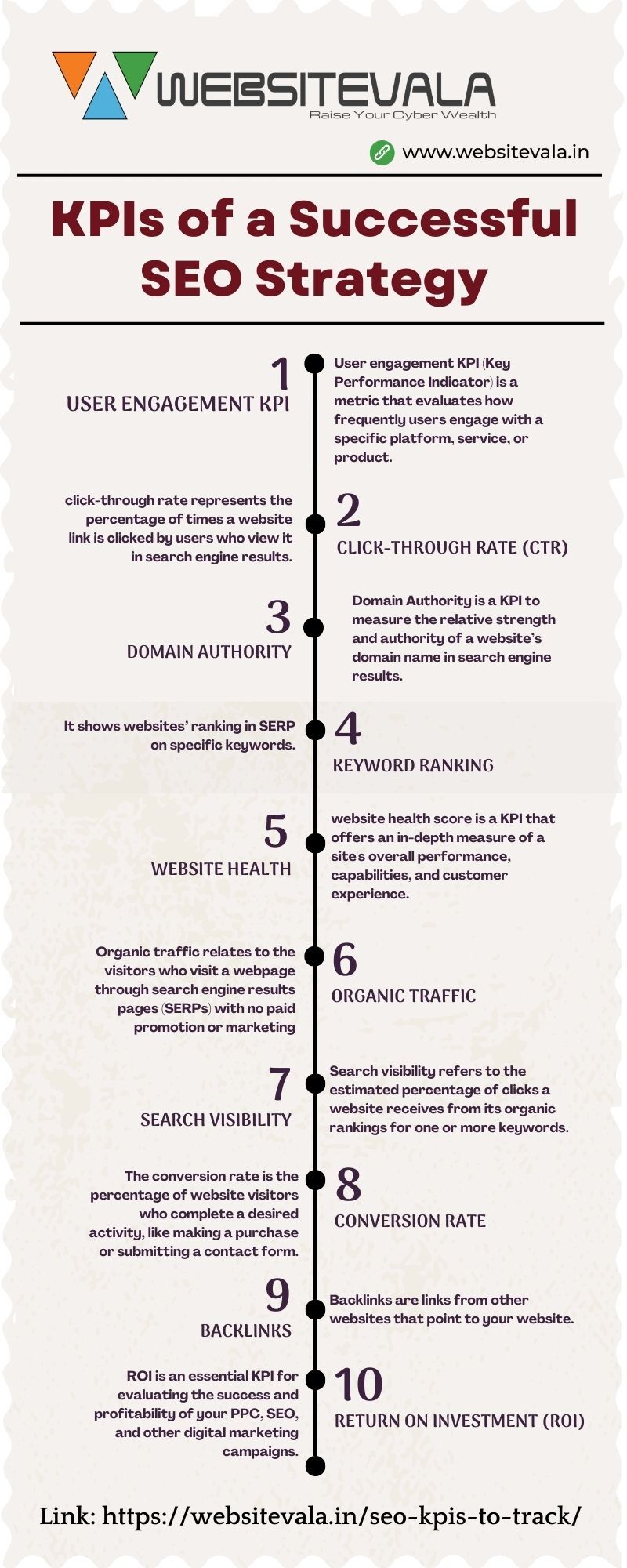

MohammedTahir Patel is a Website Developer and Digital Marketing Consultant with 8+ years of experience in SEO, Local SEO, and online growth strategies. He specializes in building SEO-friendly WordPress websites, managing digital marketing campaigns, and helping small businesses grow their online presence. Passionate about technology and automation, MohammedTahir combines creativity with technical expertise to deliver results that matter.

